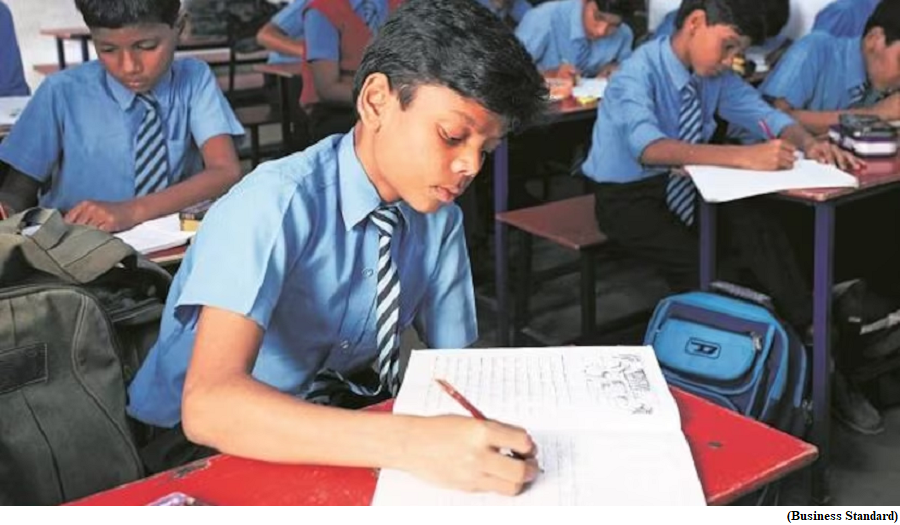Govt. to share PM Gati Shakti data (GS Paper 3, Infrastructure)

Why in news?
- The government is working out a mechanism to share data with industry and potential investors about multi-modal connectivity as well as other physical and social infrastructure captured on the PM Gati Shakti platform.
Evaluation by Network Planning Group (NPG):
- The Network Planning Group (NPG) under the platform which has multiple layers of geospatial data from across the country, has so far managed to evaluate and facilitate 85 large central infrastructure projects worth nearly ₹5.4 lakh crore so far.
- It evaluated five national highway projects worth ₹15,600 crore, which included two highways in Maharashtra, a ring road around Kanpur, and a tunnel project in Mizoram to help commuters and goods bypass the capital city of Aizawl.
- A clutch of projects worth ₹719 crore, which are essentially disaster risk mitigation measures for Uttarakhand’s Garhwal region, were also taken up. These include 20 road stretches prone to landslides and 11 sinking zones.
About Gati Shakti Scheme:
- PM Gati Shakti National Master Plan (NMP) is a transformative approach for integrated and holistic planning across concerned Ministries/Departments to improve multimodal connectivity, logistics efficiency and to address critical infrastructure gaps for seamless movement of people and goods, with focus on minimising disruptions and ensuring timely completion of projects.
- It aims to ensure the speed (Gati) and Power (Shakti) of infrastructure projects in the next four years, with a focus on expediting works on the ground, saving costs and creating jobs, and bringing down the logistics cost.
Report on Performance Grading Index 2.0 for States/UTs for the year 2021-22
(GS Paper 2, Education)
Why in news?
- Recently, the Ministry of Education released report on Performance Grading Index 2.0 for States/UTs for the year 2021-22.

Background
Why PGI 2.0?
- Department of School Education & Literacy, Ministry of Education, devised Performance Grading Index (PGI) for States and UTs which assesses the performance of school education system at the State/UT level by creating an index for comprehensive analysis.
- The PGI - States/UTs was first released for the year 2017-18 and so far, has been released up to the year 2020-21.
- Therefore, to have more updated base with quality indicators, to align with new initiatives of the National Education Policy (NEP) 2020, to monitor indicators relating to Goal 4 of Sustainable Development Goals (SDGs), and to replace existing indicators which have achieved optimal target, the PGI – State structure for 2021-22 has been revised and renamed as PGI 2.0.
- In PGI 2.0, the data source for many of the indicators has been the data from UDISE+ and the grades have been aligned with the PGI - District to have uniformity and better comparability.
Indicators:
- The new PGI structure covers 73 indicators, focused more on qualitative assessment besides including digital initiatives and teacher education. The grades/level obtained by States/UTs in previous edition of the PGIs are thus not comparable as with the grades/levels obtained by States/UTs in this new edition.
- The PGI 2.0 structure comprises of 1000 points across 73 indicators grouped into 2 categories viz., Outcomes, Governance Management (GM).
- These categories are further divided into 6 domains, viz., Learning Outcomes (LO), Access (A), Infrastructure & Facilities (IF), Equity (E), Governance Process (GP) & Teachers Education and Training (TE&T).
- PGI 2.0 for 2021-22 classified the States/UTs into ten grades viz., highest achievable Grade is Daksh, which is for State/UT scoring more than 940 points out of total of 1000 points.
- The lowest grade is Akanshi-3 which is for score up to 460.
Significance:
- The ultimate aim of PGI 2.0 is to propel States & UTs towards undertaking multi-pronged interventions that will bring about the much-desired optimal education outcomes covering all dimensions.
- Indicators of PGI 2.0 have been aligned to policy initiatives and interventions introduced post implementation of National Education policy (NEP) 2020 for proper tracking the progress.
Way Forward:
- The PGI 2.0 is expected to help States and UTs to pinpoint the gaps and accordingly prioritize areas for intervention to ensure that the school education system is robust at every level.



